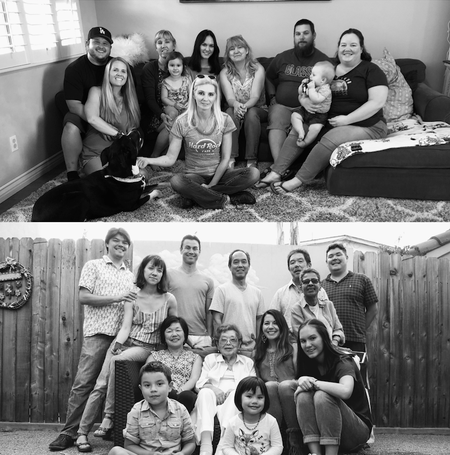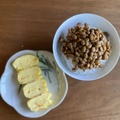The name “Karen” has grown to symbolize many things in the recent year. Specifically, it’s become a sort of slang to describe an entitled, conceited woman who cries out for a store’s manager when things don’t go her way. From making a scene at the gas station to harassing teenagers on the street, the name “Karen” has undoubtedly carried a hefty weight.
Ironically, I have two Karens in my life, neither of whom, thankfully, fits such a description. And while this phenomenon has greatly soured their name, my two aunts, nevertheless, represent such a personal aspect of my identity.
My father’s sister, Karen, is nothing short of lively. The eldest of three, my aunt instinctively knows how to organize the family get-togethers and group chats. She’s a skilled host as well. Conjuring up food and beverages at the drop of a hat, she breathes life into our family gatherings. As she summons everyone into the kitchen to eat, the large pot of steaming rice and neatly plated dishes that wait before us reveal her resolve.
Good wine and organic produce are some of her most spirited discussions, but any subject can spark something within her. She’s wonderful at asking questions, and she can hold up a conversation brilliantly.
New Year’s Day, in particular, is where her talents shine the most. Unfazed by the obligation of juggling both kitchen and social duties, her ability to dish out the yearly ozoni into lacquer bowls while conversing tirelessly with her guests never ceases to amaze me.
My Aunt Karen is many things: driven, determined, and unreserved. So when I sent her family photos meant for my other Aunt Karen, it was only natural for her to reply back with light-hearted remarks about the pictures until I came to the realization that I had texted the wrong aunt.
My mother’s sister, another Karen, is equally as charismatic. The fifth of seven children, family has similarly been of the utmost importance to her. Nearly every holiday is coupled with a vibrant family gathering, and the thought of her bringing some of her famed homemade egg rolls has become an annual, anticipatory event. Although she’s arguably one of the more cool and collected in the family, she’s got a quip for everything. And, when put in a room with her sisters, it’s truly a sight to behold as they endlessly, playfully banter.
Like New Year’s, the Fourth of July is a brilliant display of fireworks, family, and food. With my mother’s side being primarily located in the state of Indiana, the fireflies that dance in the tall grasses always entertain me — a born-and-raised Californian. Dishes upon dishes are scattered upon a designated table, and the night sky becomes illuminated with dazzling bursts of color. At the center of it all, Aunt Karen makes the rounds as she eases into conversation with her natural grace.
Yet, beyond the tangibility of the neatly plated dishes, lacquer bowls, and homemade egg rolls, my two Aunt Karens have become symbolic for my existence as a biracial American.
While there’s no universal biracial experience, being biracial can mean many things. It can mean marking “Other” on demographic surveys because there’s no option to choose two. It can mean having awkwardly intimate conversations with strangers who ask, “What are you?” And, sometimes, it can mean never truly being comfortable in your own skin.
I didn’t know many biracial kids growing up. I knew even less of their experiences. However, I did know what I held close to me and what was mine.
The routine of stuffing the aburaage with vinegared rice to make inarizushi. The cautious excitement of lighting a sparkler. The copious amounts of leftovers. These have become the moments where there are no surveys, no questions, and no discomforts.
From a racial standpoint, I’ve felt that much of my life has resembled a Venn diagram. Asian on one side, White on the other. But, while I’ve been focusing on just how different left and right are, it seems that I often forget what is in the middle.
My two Aunt Karens are very different — while one serves sekihan, the other serves potato salad. Even so, they’re also remarkably similar in their own, nuanced way, with family at their center.
Being biracial can mean many things, but — sometimes — it’s just being two sides of the same coin.
*This article was originally published in The Rafu Shimpo on October 16, 2021.
© 2021 Kyra Karatsu/The Rafu Shimpo






